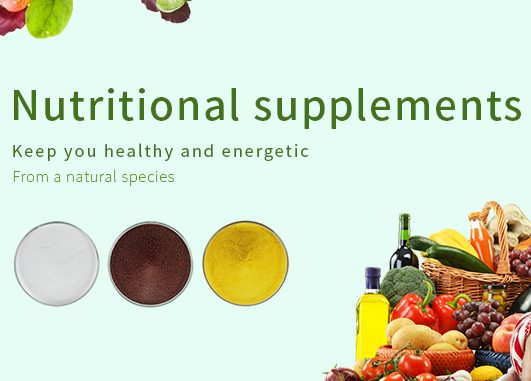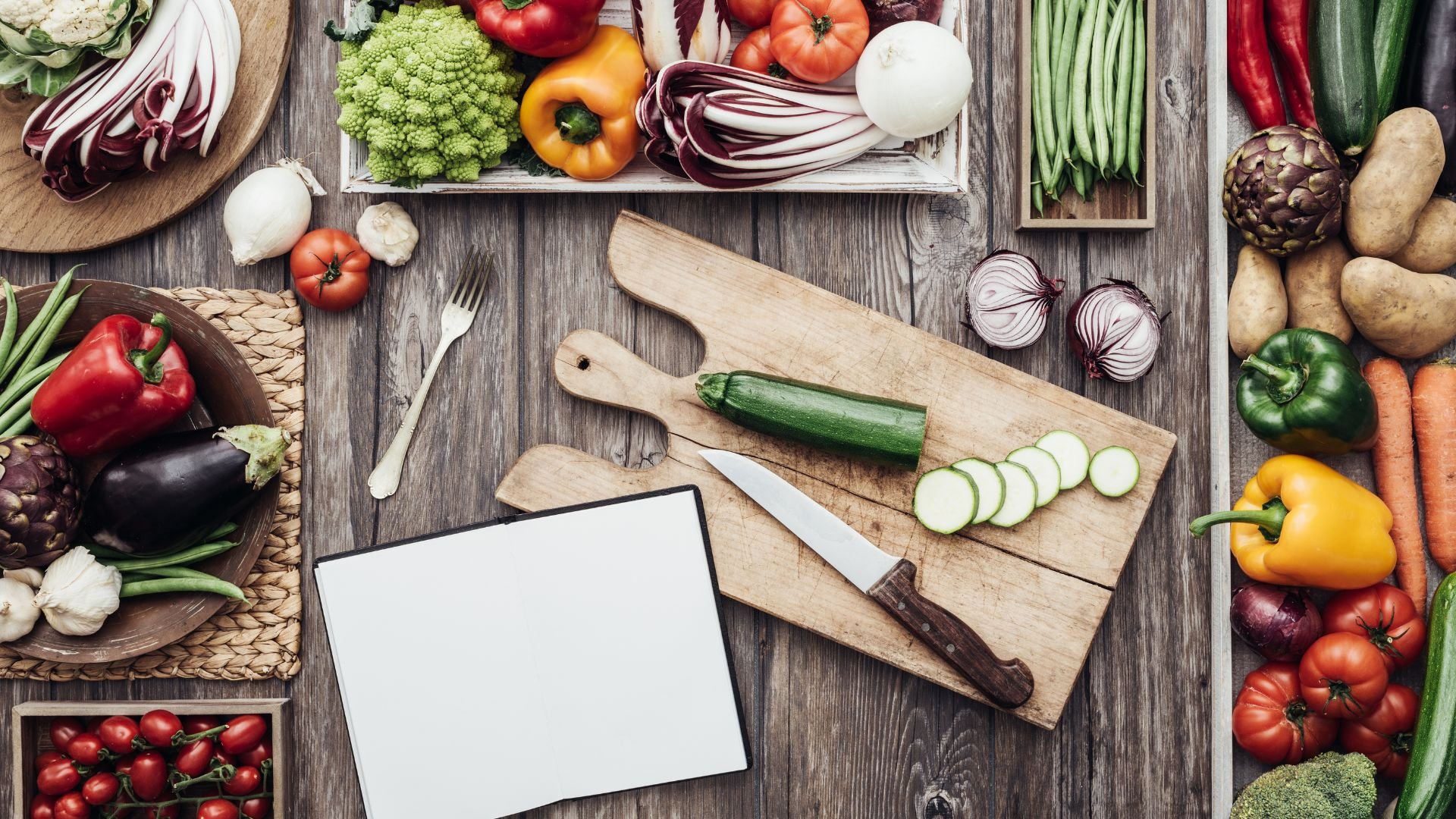Chinese food additives are divided into 23 major categories, including: acidity regulators, anticaking agents, defoaming agents, antioxidants, bleaching agents, leavening agents, colorants, color protectants, emulsifiers, acid preparations, flavor enhancers, Flour treatment agents, coating agents, moisture retaining agents, nutritional fortifiers, preservatives, stabilizing and coagulating agents, sweeteners, thickeners, spices, gum base agents, salty agents and others.
Firewood, rice, oil, salt, sauce, vinegar and tea are essential necessities in life, and condiments are indispensable for cooking (condiments are also a type of food additives).

To correctly understand additives, you might as well first understand the uses of each additive.
1.Acidity regulator
An additive used to adjust or maintain pH.
Can be organic or inorganic acids, bases, neutralizing agents or buffers.
Mainly used as acidifiers, alkalis and buffering salts required for food.

2.Anti-caking agent
A substance added to granular and powdered foods to prevent aggregation and agglomeration of granular or powdered foods and keep them loose or free-flowing.
The principle is to absorb excess water or attach to the surface of the particles to make them hydrophobic.
Anti-caking agents are water-soluble, and some are soluble in alcohol and other organic solvents.
Anti-caking agents are also used in non-food products such as salt, fertilizers, cosmetics, synthetic detergents, etc.

3.Defoaming agent
In food processing, it can reduce surface tension, inhibit foam generation or eliminate instant noodles.
Used in food, coatings, medicine, fermentation, papermaking, water treatment, petrochemical and other fields.

4.Antioxidants
Substances that block the adverse effects of oxygen. It is a type of substance that can help capture and neutralize free radicals, thereby eliminating the damage caused by free radicals to the human body.
Classification: By source, synthetic and natural antioxidants
5.Bleach
It is a substance that destroys and inhibits the color development factors of food, causing it to fade or preventing food from browning.
Used in detergents, paper, food, textile and other fields.
6.Lefting agent
It is added to wheat flour, the main raw material for the production of baked goods, to make the products fluffy, soft and crispy.
7.Colorants
It is a substance that colors food and can increase appetite for food and stimulate appetite.
Category: chemically synthesized and natural pigments.

8.Color protectant
A non-pigmented substance that enhances the color of meat and meat products.
For use in meat products, beverages and alcoholic beverages
9.Emulsifier
A substance that can improve the surface tension between various components in an emulsion to form a uniform and stable dispersion system or emulsion.
Used in food, detergents, synthetic rubber, synthetic branches, pesticides, tanning, coatings, textiles, printing and dyeing, petrochemicals, etc.
10.Enzyme preparations
It refers to a class of substances with enzymatic properties extracted from organisms. Its main function is to catalyze various chemical reactions during food processing and improve food processing methods.
Used in light industry, food, chemical industry, medicine, agriculture, energy, environmental protection, etc.

11.Flavor enhancer
Increase the umami taste of food without affecting the four basic tastes of sour, sweet, bitter and salty.
Divided into three categories: organic acids, nucleotides, and natural product extracts.
12.Flour treatment agent
Used to store flour to prevent it from molding if stored for too long.
13.Coating agent
A substance that forms a thin film on the surface of food to prevent microbial invasion, inhibit water evaporation or absorption, and regulate food respiration.
Used for food: preservation of fruits, vegetables, soft candies, eggs, etc.
14.Moisture retaining agent
In the process of food processing, adding it can improve the stability of the product, maintain internal water holding capacity, and improve the shape, flavor, color and other substances of the food.
Mostly used in the processing of meat and aquatic products
15.Nutritional fortifiers
Food fortification is the process of adding one or more nutrients, or some natural foods, to food according to nutritional needs to improve the nutritional value of food.
Natural and synthetic

16.Preservatives
A type of food additive that inhibits microbial activity and prevents food spoilage.
17.Stabilizing and coagulating agents
Stabilize the food structure or stabilize the food structure and enhance the viscous solid matter.
18.Sweeteners
Food additives that give sweetness to food or feed, improve food quality, and meet people’s food needs.
There are synthetic and natural ones.
19.Thickener
It is a substance that increases the viscosity of latex liquid and is used in food, also known as paste.
There are synthetic and natural
20.Spice
A compound or mixture with a pleasant aroma that can be used to prepare fragrances.
Classification: By source: synthetic and natural; by use: chemical flavors, edible flavors, tobacco flavors.
21.Yeast sugar base agent, a substance that gives gum sugar foaming, plasticizing, chewing resistance and other functions.
22.Salty agent
Salt is the most common substance that increases the saltiness of food.
23.Others
Substances not classified in the above categories.



